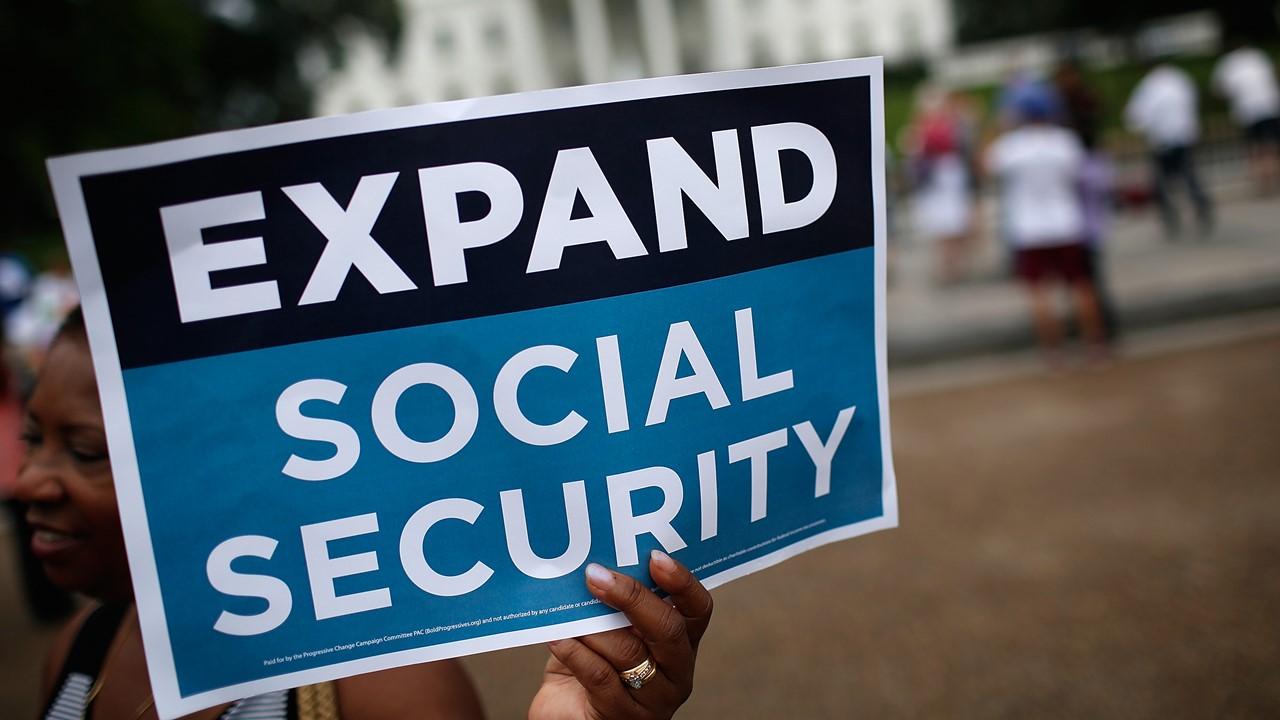Why Are Social Security Benefits Taxed and Will It End?
Social Security benefits are taxed for many Americans up to 85 percent due to lack of funding. Will the taxes on Social Security end?
April 27 2021, Published 2:15 p.m. ET

Social Security is the program that provides income to retired persons based on the number of years they worked in the U.S. The program has faced major funding problems since 1970. In order for the program to work correctly, there have to be sufficient workers paying into the system to fund benefits for those already retired.
According to Motley Fool, the Social Security Administration was doing well with the inflow and outflow of funds in the early 1970s. The trust fund ratio is the percentage of the year’s expenses that the organization can expect to pay with funds already available at the beginning of that year.
Issues with Social Security funds
Due to fewer workers paying into the system and more workers retiring and taking benefits, the Social Security Administration started to run out of funds. If all of the interest earned on the trust fund is going out in payments, it doesn’t have a chance to grow.

Taxation of Social Security benefits was introduced in the Amendments of 1983 to prevent Social Security from being depleted. Not all beneficiaries were to be taxed—only those in higher income brackets. The tax revenues on Social Security benefits helped the agency maintain the ability to pay full benefits and continue to operate.
History of Social Security taxation
At the beginning of the 1970s, the trust fund ratio was around 100 percent, so all of the coming year’s expenses (including benefits) could be paid with the money available. The SSA started gradually spending more than it was receiving. By 1982, the SSA’s trust fund ratio had dropped to 15 percent.
The goal became to keep Social Security solvent and prevent the cutting of Social Security benefits. The Amendments of 1983 introduced several measures intended to mitigate SSA’s financial woes. The retirement age was gradually increased from 65 to 67—an increase that will be completed in 2022.
Here’s a brief summary of major Social Security taxation changes:
- 1983: Under President Reagan, Amendments passed to tax up to 50 percent of Social Security benefits.
- 1993: Under the Clinton administration, the maximum level of taxable benefits was raised to 85 percent.
- During the 2020 presidential election, Biden proposed payroll taxes on wages above $400,000 to increase Social Security revenue.

Legislators have been considering various ways to correct the funding issues. Some proposed means of fixing Social Security include:
- Increasing the payroll tax rate
- Applying payroll tax to all salary reduction plans
- Reducing benefits for higher earners
- Eliminating the payroll tax cap
- Increasing the payroll tax cap
- Recalculating the cost of living adjustments
- Raising the full retirement age further
- Increasing the number of years used to calculate initial benefits
Will Social Security taxation ever end?
Policy experts seem to agree that taxation of Social Security benefits probably won't ever go away because the program’s funding problems are too serious. Other proposals might pass that work in concert with the taxation of benefits to avoid majorly cutting benefits.
Since experts have predicted that Social Security will deplete its reserves by 2035 at its current rate, taxation will likely remain. Benefits wouldn't disappear but decrease to 79 percent of the promised amounts at that point.
